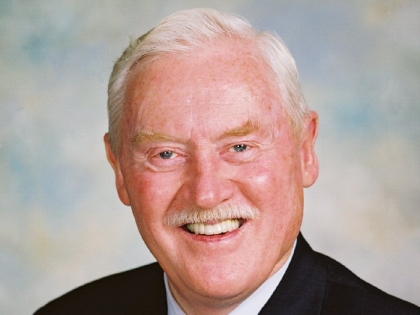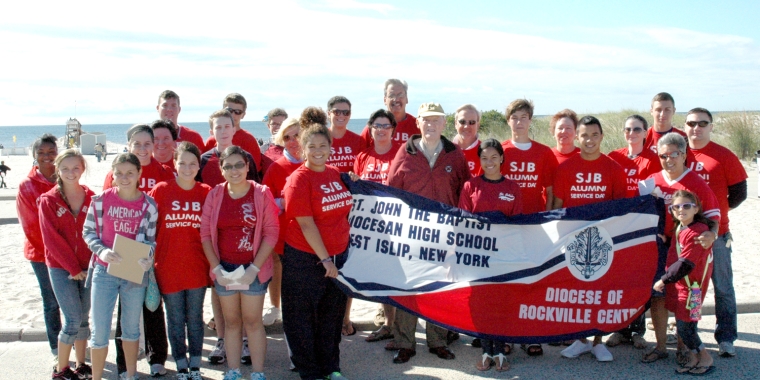
Senators Johnson, Fuschillo and Zeldin Call on Mta to Accelerate Lirr Double Track Project
Owen H. Johnson
January 27, 2012
-
ISSUE:
- Transportation
Senator Owen Johnson (R-West Babylon) along with Senator Charles J. Fuschillo, Jr. (R-Merrick), and Senator Lee Zeldin (R-Shirley), called on the MTA to accelerate the proposed double track project, which would help create jobs, promote economic development, and improve LIRR service for thousands of commuters.
“The double track project would bring tremendous benefits; jobs for residents, revenue for local businesses, and better service for LIRR commuters. It’s also a critical component of the proposed Republic/Route 110 Corridor HUB project, which would help create additional jobs and economic development for Long Island. The MTA should do whatever it can to accelerate this project and make it a reality,” said Senator Fuschillo, Chairman of the Senate’s Transportation Committee. Senator Fuschillo’s stressed to MTA Chairman Joe Lhota at a Transportation Budget Hearing yesterday the importance of accelerating the project and called on him to have the MTA do everything possible to expedite the project.
“The additional section of double track installation on the LIRR’s Ronkonkoma Line has been talked about for years and the time for action is now. Expansion of the second track is critically important for our commuters, will help facilitate advancing the newly proposed Ronkokoma Hub project and the Republic Airport Train / Bus station project and help spur economic development on the Island. I too call on MTA Chief Joe Lhota to provide his full support to the project,” said Senator Johnson.
"The impact of a second track between Ronkonkoma and Farmingdale will provide an important economic boost for my district. In combination with our efforts with the Ronkonkoma Hub Project, this would bring much needed revitalization to our community. While my constituents help fund the MTA, this initiative provides an important return on their investment,” said Senator Zeldin.
The main line between Farmingdale and Ronkonkoma, which spans 17.9 miles, currently has 5.3 miles of double track, including at most stations. Several years ago, the MTA proposed adding a double track to the remaining 12.6 miles of single, electrified track along the main line. Adding this new double track would greatly benefit commuters on the Ronkonkoma line by improving service reliability, increasing on-time performance, and enabling faster recovery following service disruptions. The Ronkonkoma line is one of the LIRR’s most crowded lines, with the highest number of customers per train on peak trains, reverse-peak trains, and weekends.
In addition to the jobs and economic activity generated by the project itself, the double track is also a critical component to other current and proposed transit oriented developments along the line which would help promote additional economic development and activity. It is a key part of the Republic/Route 110 Corridor Hub project, which Senator Fuschillo has been working on with former Babylon Supervisor, and now Suffolk County Executive, Steve Bellone and Huntington Supervisor Frank Petrone. The double track project is also critically important to other transit oriented developments such as Wyandanch Rising and the Ronkonkoma Hub.
“The LIRR second track is a critical element which will facilitate and strengthen the Long Island Regional Economic Development Council’s targeted development projects from the proposed Republic Airport/Route 110 transportation hub and Wyandanch Rising to the Ronkonkoma Hub and should be expedited to support those initiatives,” stated Long Island Contractors Association Executive Director Marc Herbst. “The LIRR second track is also the perfect opportunity to construct as a design/build project and model how design/build projects can reduce the time and cost of construction of infrastructure on Long Island and elsewhere.”
In a recent Newsday interview, MTA Chairman Joe Lhota was quoted as saying the double track project is the “single most important thing” that can be done to improve LIRR service.

